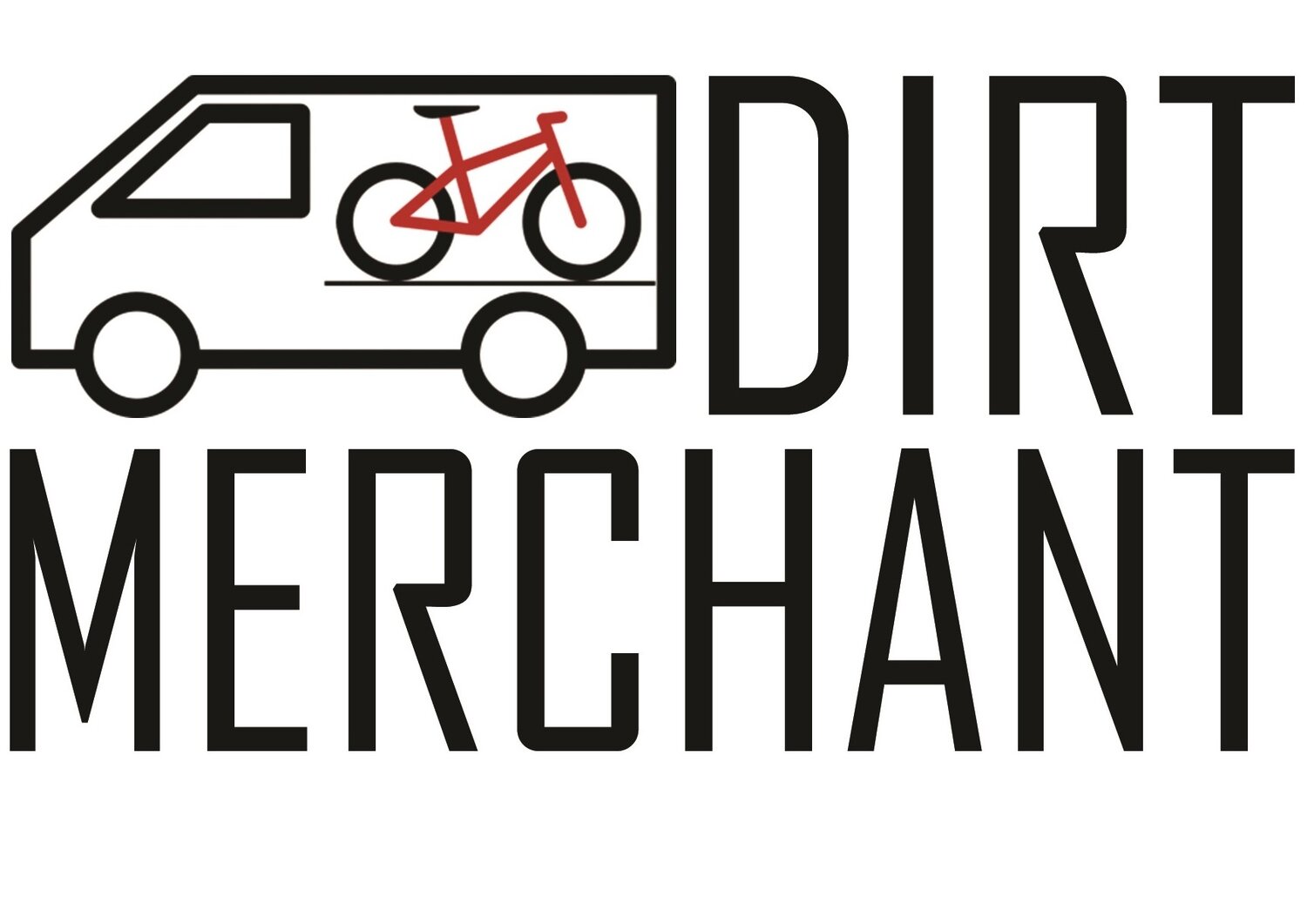I've been reminded over the last two days at Outdoor Demo at Interbike 2016 as to why just doing a parking lot test ride really tells you very little about how a full suspension bike actually rides on the trail. I'll give you two examples:
Example 1
In terms of climbing performance some high single pivot bikes actually feel quite good in parking lot rides since the slight lock out effect of the high pivot provides an efficient firm pedal feel. But when you actually get this type of bike on a trail, the slight lock out effect now becomes translated into pedal feedback and the bike hanging up on ledgy climbs, rocks and roots. Also over the course of a longer ride on dirt, the relative inefficiency of this type of suspension becomes more obvious.
Example 2
The other way to control suspension movement in active suspension designs that don't control bobbing and sag through the mechanical design of the suspension is to use shock damping. Generally this consists of compression damping to limit unwanted motion and perhaps also fast rebound damping to limit suspension sag when climbing. One bike that I rode in the last two days used this type of setup and felt surprisingly fast climbing on the road to the trailhead given how I knew its specific active suspension design typically reacts. Once I got on dirt, my perceptions changed 180 degrees and I could not WAIT to get off this bike. What happened?
Once this bike hit real-life rocks and other trail obstacles, the heavy compression damping caused the rear suspension to skip over rocks instead of absorbing them while what I thought might have been fast rebound damping was continually pogoing the bike down the trail. The bike was both difficult to control and tiring to ride even for the short amount of time that I was on the bike. From a parking lot test ride alone, you could have easily gotten the impression that this might be a great bike.
At Dirt Merchant Bikes, we stress the importance of actually getting on a bike to test out both fit and ride feel. Currently, we have Medium to X-Large Turner RFX demo bikes in stock and are looking into getting Turner Flux demo bikes as well. We do ride both the Turner bikes as well as competitor bikes to help us recommend the right bike for you, but we still think that getting you personally on a bike is invaluable. If you have any questions about this blog post or how we do demos, you can reach us at jeff@dirtmerchantbikes.com

